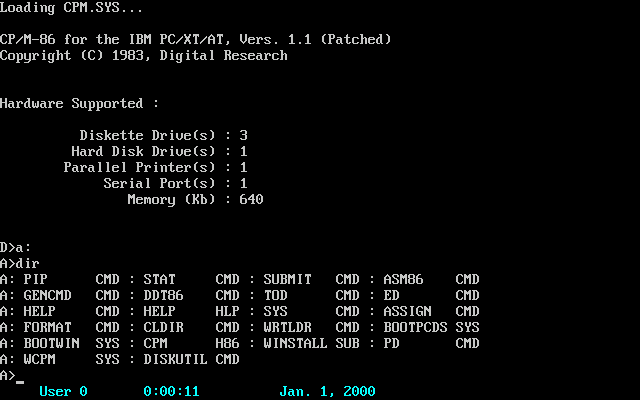The list of dead technologies is nearly endless and most of them deserved their fate but there are a few technologies that I remember rather fondly.
Some of them were groundbreaking for their time, many filled valuable niches, and some of them were just quirky.

In the realm of storage there were dozens of old technologies that performed their tasks to the best of their abilities, even though most of them were less than 100% reliable. The very first programs I ever wrote were stored on paper tape (okay, I’m old) – not a particularly durable form of storage, but at least you could sometimes fix a problem with scissors and a roll of Scotch tape.
Then we had floppies of various sizes and tape-based devices, none of them were terribly reliable. And I’ll always have a spot in my heart for Zip and Jazz drives. Optical WORM drives (Write Once Read Many) were pretty cool when they came out, but they were expensive and weren’t very reliable – people joked that they were Write Once Read Mostly.
Another ‘hard-core-geeks-only’ device for storing programs was the EPROM (Erasable Programmable Read Only Memory) burner. I had a cartridge-based EPROM burner for my VIC-20, although I mostly used it to
copy…er…I mean make archival backups of cartridge-based games.

My favorite quirky storage technology has to be the Exatron Stringy Floppy. It used a continuous-loop, 1/16” tape cartridge so you never had to rewind in order to find a particular block of data – of course you still had to fast forward.
Display technologies haven’t seen too many strange contenders except for VR helmets. They looked cool from the outside but never worked very well, there weren’t a lot of games written for them, they were heavy, and terribly uncomfortable to wear after about five minutes.
Another not-quite-dead technology that I really liked is force feedback. True force feedback joysticks are quite cool and they are still around to a degree. But I once saw a demo of a force feedback mouse. Not exactly sure what they were thinking it could be used for.

The granddaddy of all PC-based operating systems has to be CP/M. If your particular computer could run CPM then you had access to thousands of programs. But the weirdest operating system I ever tried has to be OS-9 (not Apple’s OS-9).
Back in the early 80’s OS-9, from Ohio Scientific, ran on 6809-based computers like the RadioShack CoCo. It was the first, true multi-tasking OS to run on a home computer. The problem was, by the time you loaded the OS into a CoCo’s 16K of RAM there wasn’t much room left over for anything else. Magic Desk could also fall into the OS space. It was one of the first graphical user interfaces to run on the C-64, just not very well.
I have fond memories of many dead computers too. The CoCo, the C-64, the Model 100 laptop, and others like the Jupiter Ace (the only PC to ship with FORTH as the built-in language). But my favorite dead computer of all time has to be the Amiga. Technology that was way ahead of its time created by a company that couldn’t get out of its own way.

I also like Commodore’s disastrously unsuccessful CDTV (basically an Amiga 500 in a set-top box with a CD-ROM drive and a remote control). It wasn’t all that groundbreaking, I just like it because I was part of the original development team.
Now I don’t think any of these technologies need to be resurrected (maybe force feedback) but when I think about them it will be with a nostalgic smile.






